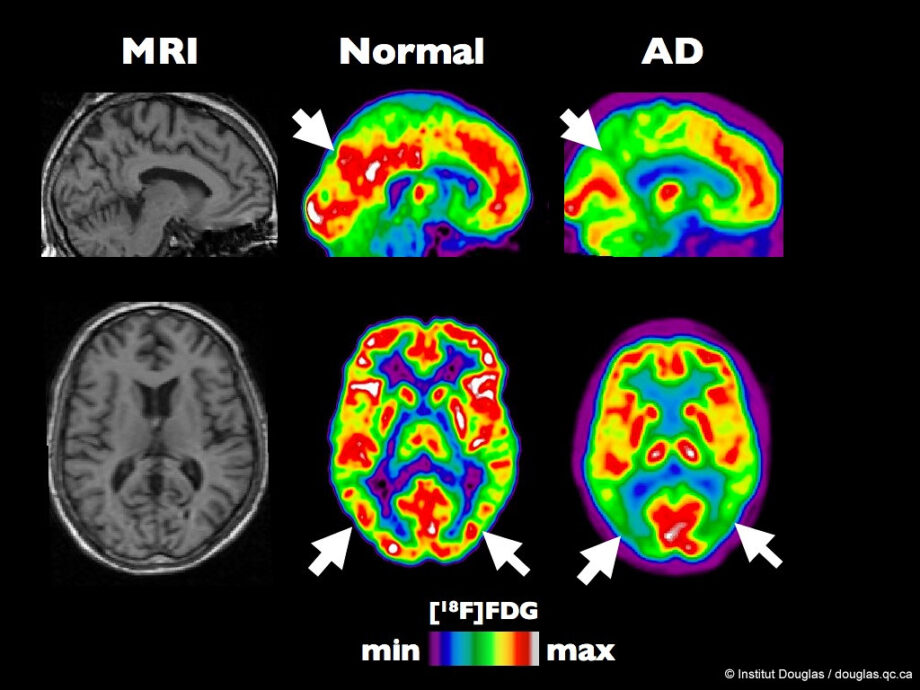Machine Learning for Brain Diagnostics: Using Advanced Techniques to Identify Different Brain Problems from Imaging Data. Discover the Machine Learning’s approach to enhance the Understanding of Brain Pathologies with innovations in DWI and ADC Analysis for Accurate Classification of RELs.
Diffusion-weighted imaging (DWI) and the measurement of apparent diffusion coefficient (ADC) values are commonly used in non-invasive assessment of brain pathologies. While previous studies have recognized the potential of ADC values in identifying ring-enhancing lesions (RELs), their full utilization has not been achieved. This article introduces a new image analysis method for REL recognition that is independent of absolute ADC values or specific regions of interest in the image. The method involves marking a line of interest (LOI) on each ADC map to traverse all compartments of the RELs. By employing a machine learning approach, the LOI between brain abscess and glioblastoma (GBM) representatives was analyzed. Two models, the k-NN model and the SVM model with a Gaussian kernel, were used to assess the selected parameters as predictors for the machine learning algorithms. The k-NN method achieved an accuracy of 80% for abscesses and 100% for GBM classification, and similar results were obtained with the SVM method. This assessment of the LOI provides a novel approach to evaluating ADC maps from different RELs and contributes to the standardization of ADC map assessment.
Source Nature

